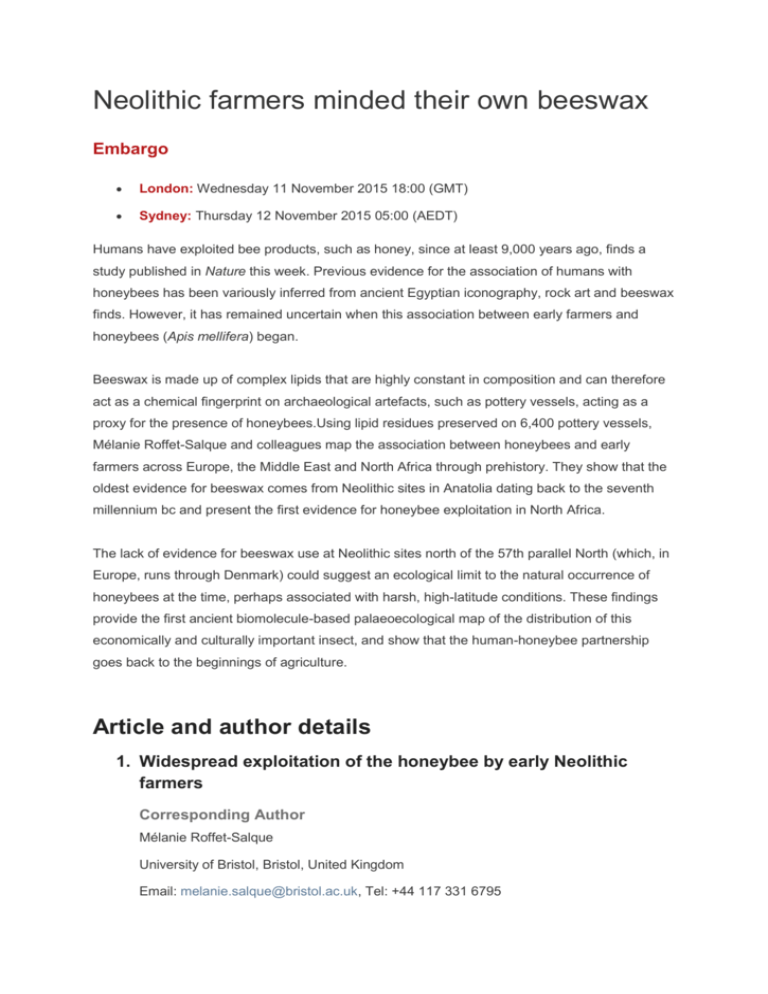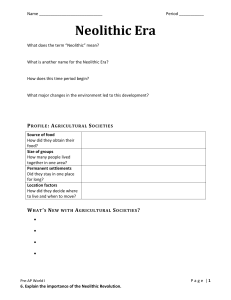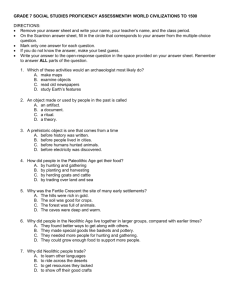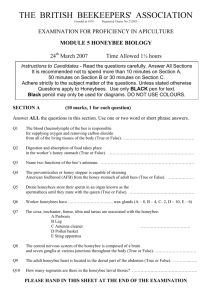Media Release
advertisement

Neolithic farmers minded their own beeswax Embargo London: Wednesday 11 November 2015 18:00 (GMT) Sydney: Thursday 12 November 2015 05:00 (AEDT) Humans have exploited bee products, such as honey, since at least 9,000 years ago, finds a study published in Nature this week. Previous evidence for the association of humans with honeybees has been variously inferred from ancient Egyptian iconography, rock art and beeswax finds. However, it has remained uncertain when this association between early farmers and honeybees (Apis mellifera) began. Beeswax is made up of complex lipids that are highly constant in composition and can therefore act as a chemical fingerprint on archaeological artefacts, such as pottery vessels, acting as a proxy for the presence of honeybees.Using lipid residues preserved on 6,400 pottery vessels, Mélanie Roffet-Salque and colleagues map the association between honeybees and early farmers across Europe, the Middle East and North Africa through prehistory. They show that the oldest evidence for beeswax comes from Neolithic sites in Anatolia dating back to the seventh millennium bc and present the first evidence for honeybee exploitation in North Africa. The lack of evidence for beeswax use at Neolithic sites north of the 57th parallel North (which, in Europe, runs through Denmark) could suggest an ecological limit to the natural occurrence of honeybees at the time, perhaps associated with harsh, high-latitude conditions. These findings provide the first ancient biomolecule-based palaeoecological map of the distribution of this economically and culturally important insect, and show that the human-honeybee partnership goes back to the beginnings of agriculture. Article and author details 1. Widespread exploitation of the honeybee by early Neolithic farmers Corresponding Author Mélanie Roffet-Salque University of Bristol, Bristol, United Kingdom Email: melanie.salque@bristol.ac.uk, Tel: +44 117 331 6795 DOI 10.1038/nature15757 Online paper* http://nature.com/articles/doi:10.1038/nature15757 * Please link to the article in online versions of your report (the URL will go live after the embargo ends). Images Image 1 Caption: A hollow log hive of the Cévennes (France) reveals the details of circular comb architecture in Apis mellifera. Credit: Eric Tourneret











